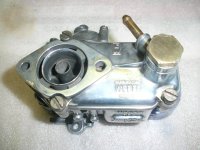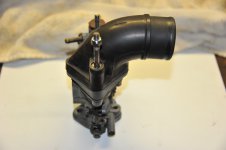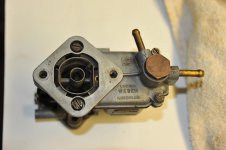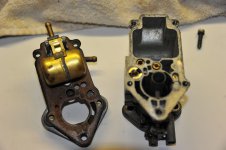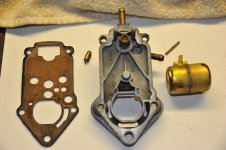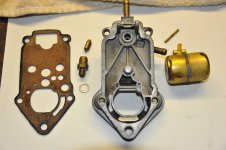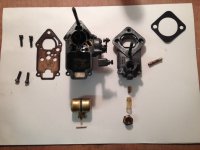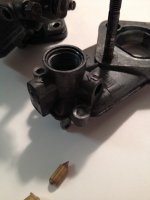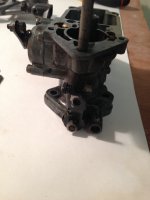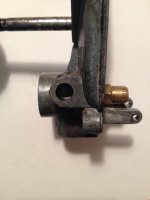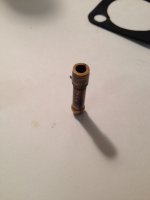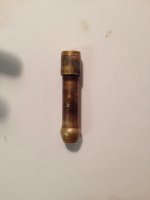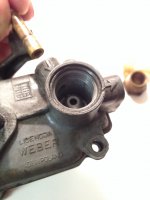Hi All, first post here!
My fuel hose (from the fuel pump to the carburettor) keeps working itself loose at the carburettor end, mid-drive leaking fuel everywhere and in turn cutting fuel suply to the engine.
The first time I noticed te problem I couldn't actually get the car started after a few weeks that it had been covered. A quick look around and I spotted the hose was disconnected and consumed.
I replaced the hose, reconnected it to the carburettor tightened all the snap clasps really well, but it's worked loose again after a few drives... There is a small piece of metal tube that sits between the hose and the carburettor, would this need changing too? I didn't think it would...
Has anyone else experienced this problem?
Thanks
Ric
My fuel hose (from the fuel pump to the carburettor) keeps working itself loose at the carburettor end, mid-drive leaking fuel everywhere and in turn cutting fuel suply to the engine.
The first time I noticed te problem I couldn't actually get the car started after a few weeks that it had been covered. A quick look around and I spotted the hose was disconnected and consumed.
I replaced the hose, reconnected it to the carburettor tightened all the snap clasps really well, but it's worked loose again after a few drives... There is a small piece of metal tube that sits between the hose and the carburettor, would this need changing too? I didn't think it would...
Has anyone else experienced this problem?
Thanks
Ric


